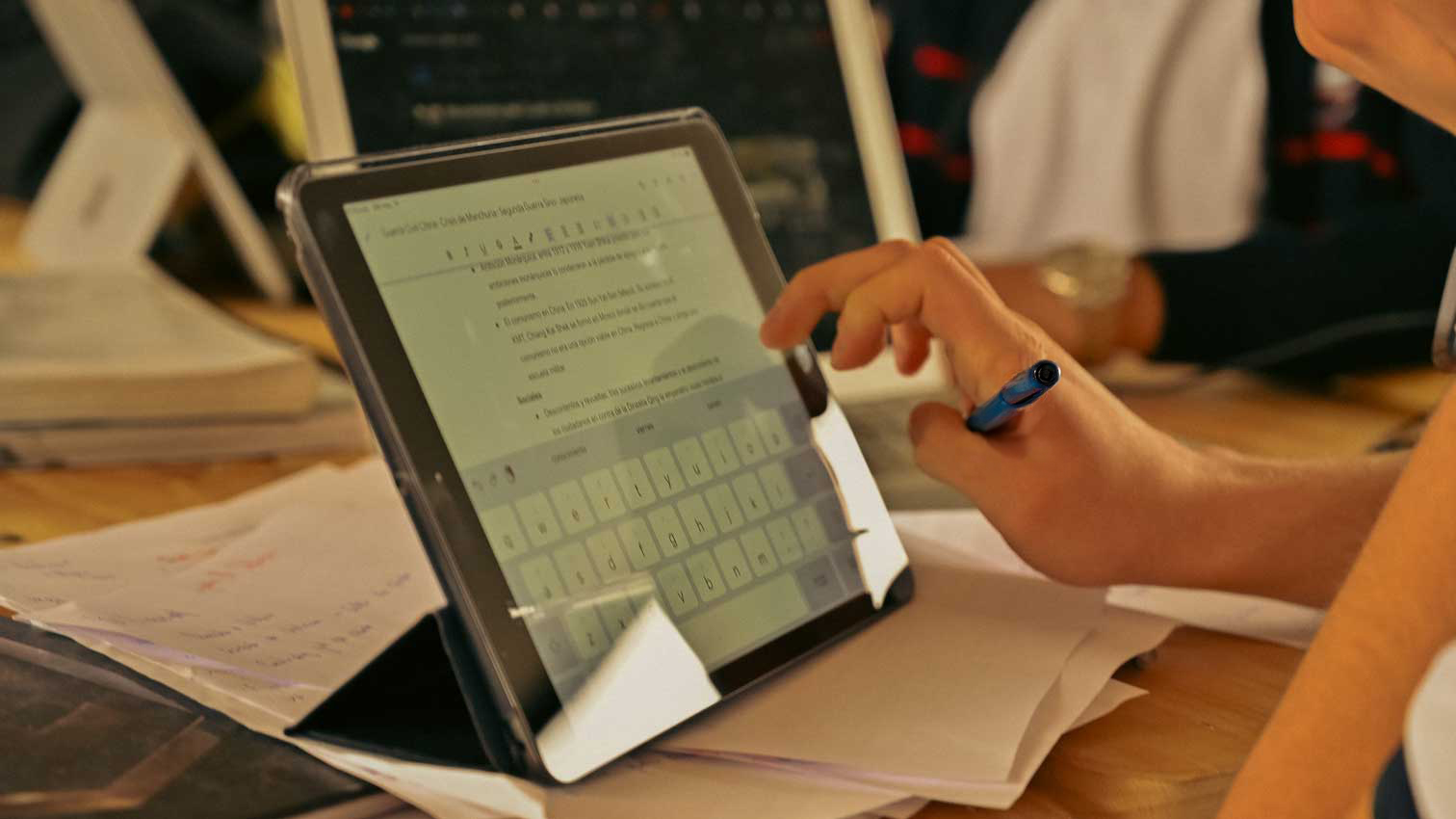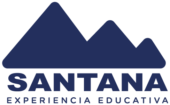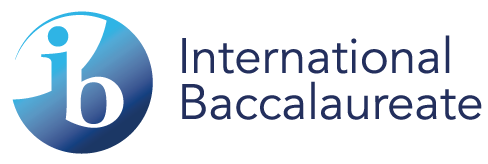Internal Policies
At Santana Educational Unit, the commitment to a quality education is intimately linked to the concept of authentic teaching.
Quality Management and Self-Regulation Framework
At Santana, we firmly believe that educational quality is a cornerstone of our commitment and vision. We are dedicated to fostering continuous improvement through self-assessment, monitoring, and a deep understanding of the processes and outcomes of our educational offerings.
In addition to complying with the regulations and standards set forth by the Ministry of Education of Ecuador and the specific requirements of the International Baccalaureate Organization, in 2018, we embarked on a significant effort to establish protocols based on the ISO 9001 quality management model. However, in light of the evolving educational policies in Ecuador as of 2023, we have chosen to align with the recommendations of the IBO by crafting a regulatory framework that outlines the design, development, and evolution of our school community.
The categories endorsed by the IBO enable us to effectively manage the quality of our educational offerings while elucidating the standards, procedures, and requirements for each of its components. The framework encompasses four interdependent categories, as emphasized by the IBO (“no part can be developed without considering how it relates to other elements”), which we embrace as the basis for our Internal Self-Regulation Scheme.
The proposed self-regulation scheme is organized into four overarching categories: Purpose, Environment, Culture, and Learning. These four categories form a framework that places learning at its core, enveloped by the philosophy and unique context that define Santana.
We are committed to upholding the highest standards of educational quality and continuously improving our practices to provide our students with an exceptional educational experience.
Evaluation
Diagnosis and monitoring of individual and group potential.
As a general guideline, the teaching team at Santana pays attention to the question of “why?” within the evaluation process. In this sense, through the documentation presented in each assembly, individual or group activity, project progress, and daily coexistence, we can maintain a clear vision of individual and group potential. Observation, listening, interpretation, as well as group work meetings, give us the guidelines to guide the monitoring and continuity of the processes.
The processes and continuous work on topics and tasks are based on feedback in which each child, at their own pace, will develop critical thinking, artistic skills, personal criteria, basic reasoning and language skills.
Continuous diagnostic assessment:
At Santana, all processes that contribute to understanding are valued, starting with the development of guiding threads and culminating in the final synthesis project.
Characteristics of evaluation criteria:
- They must be clear.
- They must be relevant.
- They must be public.
- They must provide feedback.
- They must be carried out frequently (during the process).
- They must inform students about the results of their previous performances, as well as the possibility of improving them.
- They must include self-evaluation and peer evaluation of students and teachers.
Stages of understanding performances.
- Exploration: Provides students with the opportunity to explore the topic and the teacher to estimate students’ understanding.
- Guided inquiry: Students focus on developing their understanding of problems or aspects of the topic that are important or need special attention.
- Application: Students put the understood topic into practice.
- Synthesis project: Students synthesize and demonstrate the understandings acquired through the previous understanding performances.


